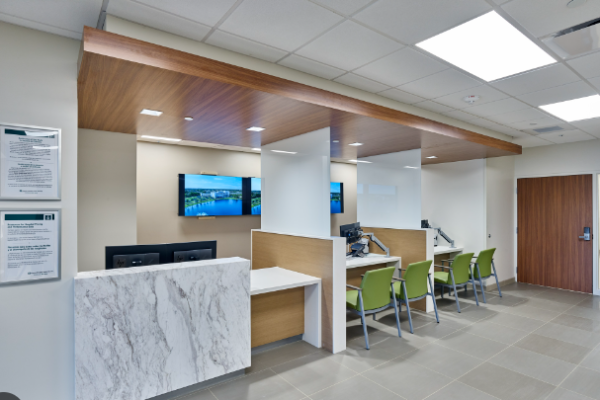Welcome back to our ongoing exploration of inclusive design! In this installment, we’re delving into the intersection of Universal Design and Web Accessibility, unraveling the crucial role these principles play in making the digital realm an inclusive space for everyone. As we navigate through the digital landscape, it becomes evident that the principles of Universal Design seamlessly extend to the online world, ensuring that websites and digital content are accessible to users of all abilities.
Universal Design in the Digital Age
Inclusive User Interfaces
Universal Design principles in web development mean creating user interfaces that are intuitive and accessible to a diverse audience. This involves designing interfaces that are easy to navigate, understand, and interact with, regardless of users’ abilities or disabilities.
Responsive Design
Websites employing responsive design techniques adhere to Universal Design by adapting to different devices and screen sizes. This ensures a seamless user experience for individuals using desktops, laptops, tablets, or smartphones, promoting inclusivity in the digital space.
The Imperative of Web Accessibility
Equal Access to Information
Web Accessibility is a fundamental aspect of Universal Design in the digital context. It ensures that people with disabilities have equal access to information and functionalities online. This encompasses various disabilities, including visual, auditory, motor, and cognitive impairments.
Adherence to WCAG Guidelines
The Web Content Accessibility Guidelines (WCAG) serve as a cornerstone for achieving web accessibility. These guidelines provide a framework for developers to create websites that are perceivable, operable, understandable, and robust, meeting the diverse needs of users.
Alt Text for Images
One of the basic principles of web accessibility is providing alternative text (alt text) for images. This ensures that users with visual impairments using screen readers can comprehend the content conveyed through images.
Keyboard Navigation
A universally designed website allows users to navigate using a keyboard, providing an alternative for those who cannot use a mouse. This is especially critical for individuals with motor disabilities.
Captioned Multimedia
Including captions for videos and transcripts for audio content ensures that individuals with hearing impairments can access multimedia content. This exemplifies how Universal Design and Web Accessibility work hand in hand to address diverse needs.
The Symbiosis of Universal Design and Web Accessibility
Enhanced User Experience
Websites designed with both Universal Design and Web Accessibility in mind deliver an enhanced user experience for everyone. An accessible website is often more user-friendly, with clear navigation and well-organized content.
Legal and Ethical Imperatives
Beyond moral obligations, many countries have established legal requirements for web accessibility. Adhering to these standards not only ensures inclusivity but also safeguards against potential legal issues.
As we navigate the digital landscape, it’s clear that Universal Design and Web Accessibility are not just lofty ideals; they are the pillars upon which a truly inclusive online world is built. Join us in the upcoming posts as we explore real-world examples, best practices, and innovative solutions that exemplify the powerful synergy between Universal Design and Web Accessibility. Let’s continue shaping a digital space where everyone is welcome, regardless of their abilities or disabilities. Stay tuned!




